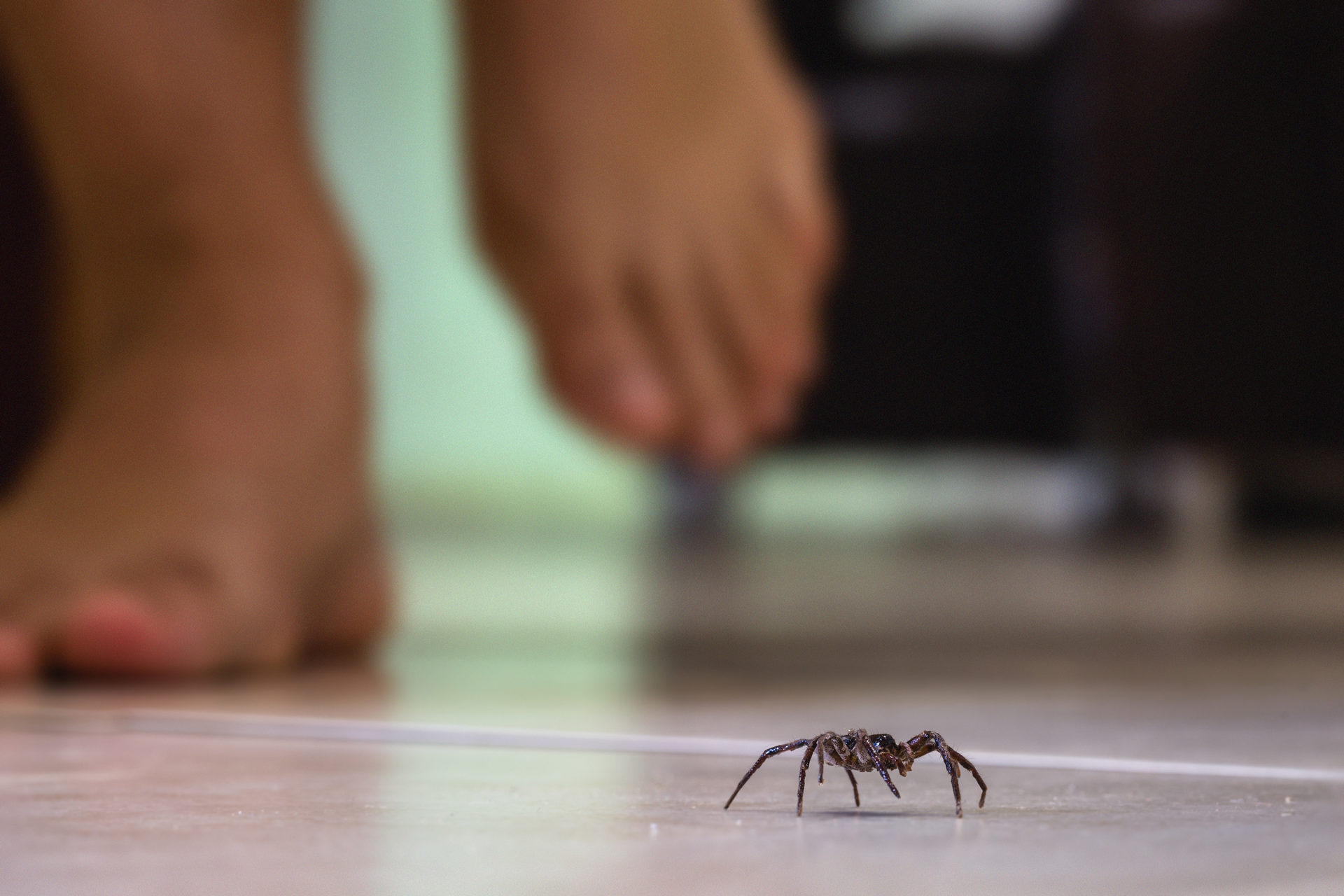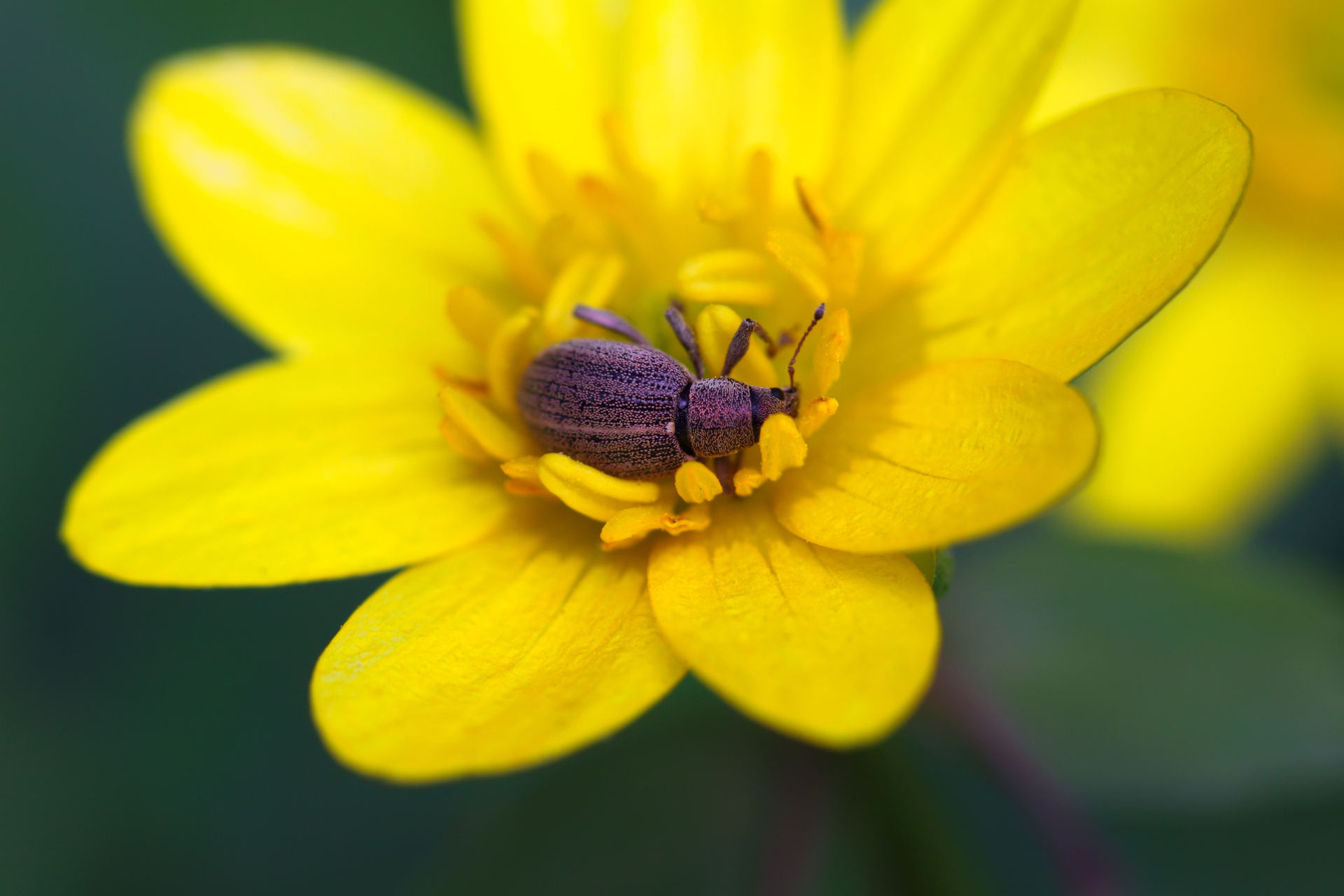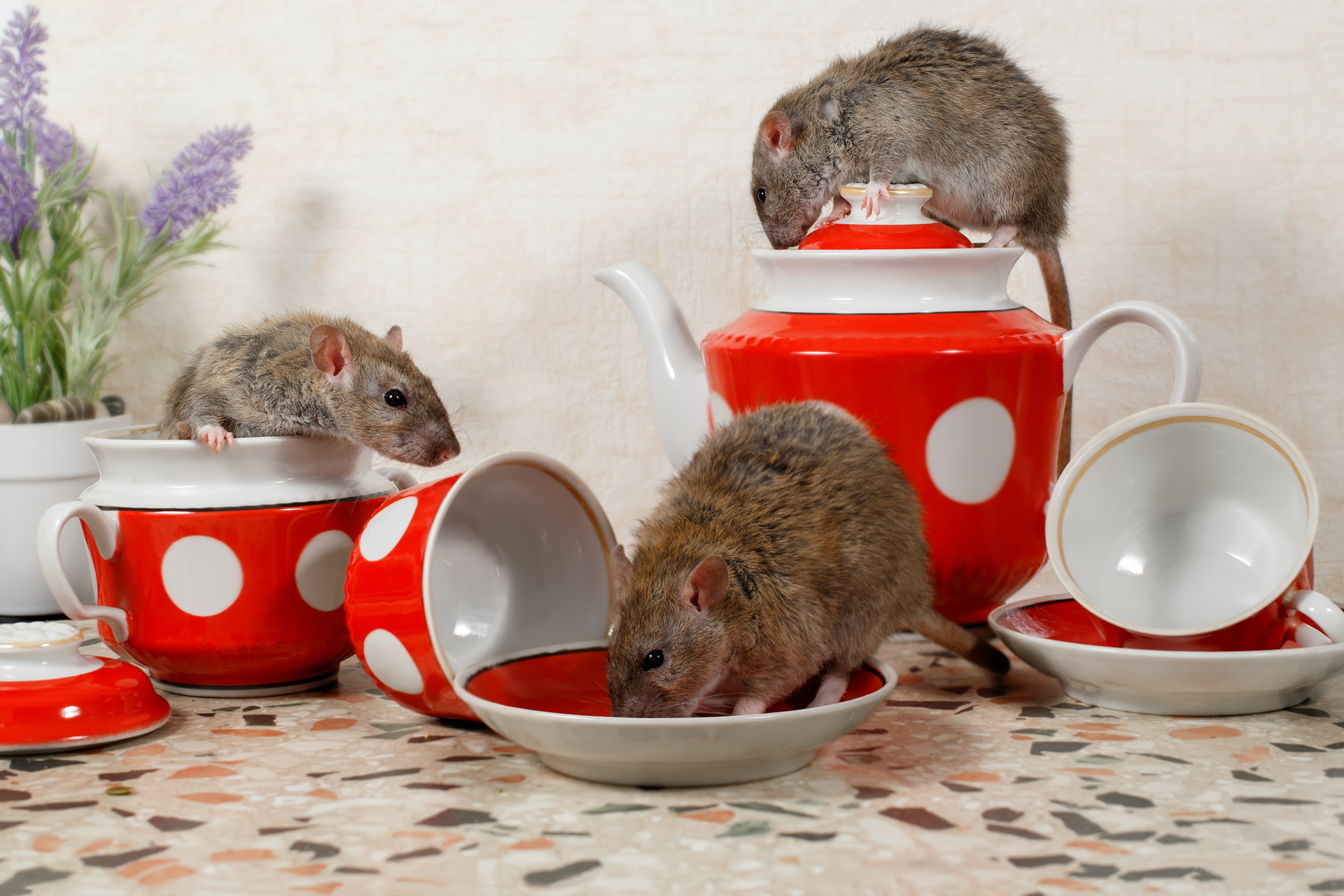Does DIY Pest Control Work?
The Realities of DIY Pest Control Methods
In recent years, the allure of do-it-yourself (DIY) solutions has permeated various aspects of our lives, including pest control. From homemade concoctions to age-old remedies passed down through generations, these methods have gained significant traction in the public consciousness. However, amidst the convenience and affordability promised by these homemade remedies lies a shadow of misinformation and misconception. As we delve into this world, it becomes imperative to address these common misconceptions head-on.
DIY Techniques You May Have Heard Of
The allure of alcohol as a bed bug remedy stems from its perceived potency as a contact killer. Supporters of this method report observing immediate effects, such as the apparent immobilization or death of bed bugs upon direct exposure to alcohol. Such anecdotal evidence, coupled with the accessibility and affordability of alcohol-based solutions, has fueled its popularity.
While alcohol may indeed exhibit some degree of success as a contact insecticide, its effectiveness is severely hampered by several factors. Alcohol evaporates rapidly upon application, making it difficult to maintain prolonged contact with bed bugs or their hiding places. This limitation significantly undermines its ability to penetrate deep into cracks, crevices, and other hiding spots where bed bugs commonly reside.
The use of alcohol as a bed bug remedy poses inherent risks to both individuals and their surroundings. The flammability of alcohol presents a serious safety hazard, especially when applied in large quantities or near sources of ignition. Additionally, alcohol can cause damage to certain surfaces and materials, potentially leading to costly repairs or property damage.
The origins of the belief in hedge apples as spider repellents are deeply rooted in historical agricultural practices and rural traditions. Hedge apples, the fruit of the Osage orange tree, were commonly found in rural areas of North America, particularly in the Midwest. As early settlers encountered these fruits, they likely observed their strong odor and distinct appearance, leading to speculation about their potential uses.
Despite its prevalence, scientific evidence refuting the effectiveness of hedge apples as a spider deterrent is abundant. Several studies have been conducted to evaluate this and the results consistently fail to support the claims made by proponents of this belief. Researchers have found no significant difference in spider activity in areas where hedge apples are present compared to control areas without them. Moreover, the chemical compounds found in hedge apples have been found to have no repellent effect on spiders.
The
use of cornmeal as a DIY solution for eradicating ant colonies has gained traction among homeowners seeking natural and non-toxic alternatives to chemical pesticides. However, while this method may seem appealing in theory, its efficacy in practice is questionable at best.
The rationale behind using cornmeal stems from the belief that ants are unable to digest it properly. According to proponents of this method, ants consume the cornmeal, which can then expand in their stomachs, ultimately leading to their demise. Additionally, some suggest that ants can carry the cornmeal back to their colonies, where it can be distributed among the other ants, effectively spreading the lethal substance.
Contrary to popular belief, ants are actually capable of digesting cornmeal to some extent. While they may not be able to fully metabolize its complex carbohydrates, they possess mechanisms to break down and derive nutrition from a variety of food sources, including grains.
Unlike chemical pesticides specifically formulated to target and kill ants, cornmeal lacks any toxicity towards ants. While excessive consumption of cornmeal may lead to gastrointestinal issues in ants, it is unlikely to cause widespread mortality within ant colonies.
Even if ants were to carry cornmeal back to their colonies, its effectiveness as a means of extermination would be severely limited. Ant colonies are highly organized societies with sophisticated communication systems, allowing them to quickly identify and avoid contaminated food sources.
One common belief is that placing cucumber slices around the home can repel cockroaches due to their alleged aversion to cucumbers. However, there is no scientific evidence to support this claim. Cockroaches are highly adaptable pests that are unlikely to be deterred by the presence of cucumbers. Moreover, decaying cucumber slices can attract other pests, leading to potential infestations.
Some people believe that placing dryer sheets in areas frequented by mice can deter these rodents due to the strong scent. While dryer sheets may temporarily mask odors, they are not an effective long-term solution for mouse control. Mice are resourceful creatures that can easily adapt to environmental changes, rendering dryer sheets ineffective as a deterrent. Furthermore, the chemicals present in dryer sheets may pose health risks to humans and pets if ingested or continually inhaled.
Mothballs are frequently recommended as a catch-all solution for repelling a wide range of pests, including rodents, insects, and even snakes. However, the use of mothballs for general pest control is not only ineffective but also hazardous. Mothballs are primarily designed to repel clothes moths and prevent damage to fabrics. While they may have some deterrent effect on certain pests due to their strong odor, their effectiveness is limited. Mothballs contain toxic chemicals, such as naphthalene or paradichlorobenzene, which are released into the air as vapors. These chemicals can pose serious health risks to humans and pets if inhaled or ingested. Prolonged exposure to mothball vapors can cause symptoms such as headaches, nausea, dizziness, and respiratory irritation. They can also have negative effects on the environment. When used outdoors or in poorly ventilated areas, mothball vapors can contaminate soil, water, and air. The chemicals can persist in the environment for extended periods, posing risks to wildlife and ecosystems.
Wave farewell to ineffective DIY remedies and unreliable solutions that leave you frustrated and disappointed. Instead, entrust your pest control needs to the experienced professionals at 1st Defense Pest Solutions. With our proven track record of success and commitment to excellence, you can rest assured that we can deliver results you can count on. Take the proactive step towards achieving a pest-free environment and contact us today to schedule a consultation.
All Rights Reserved | 1st Defense Pest Solutions






